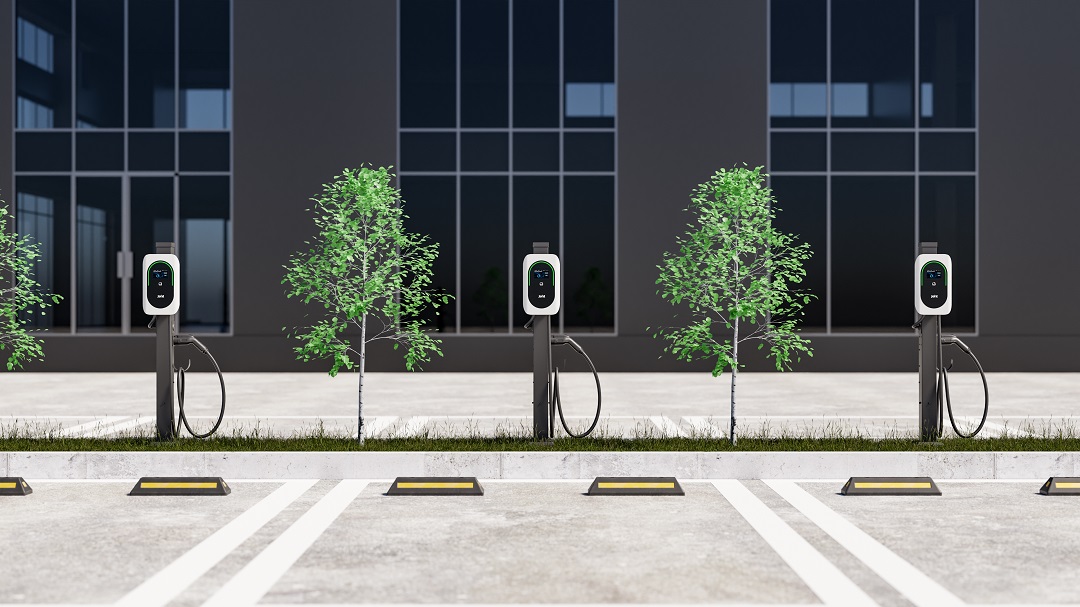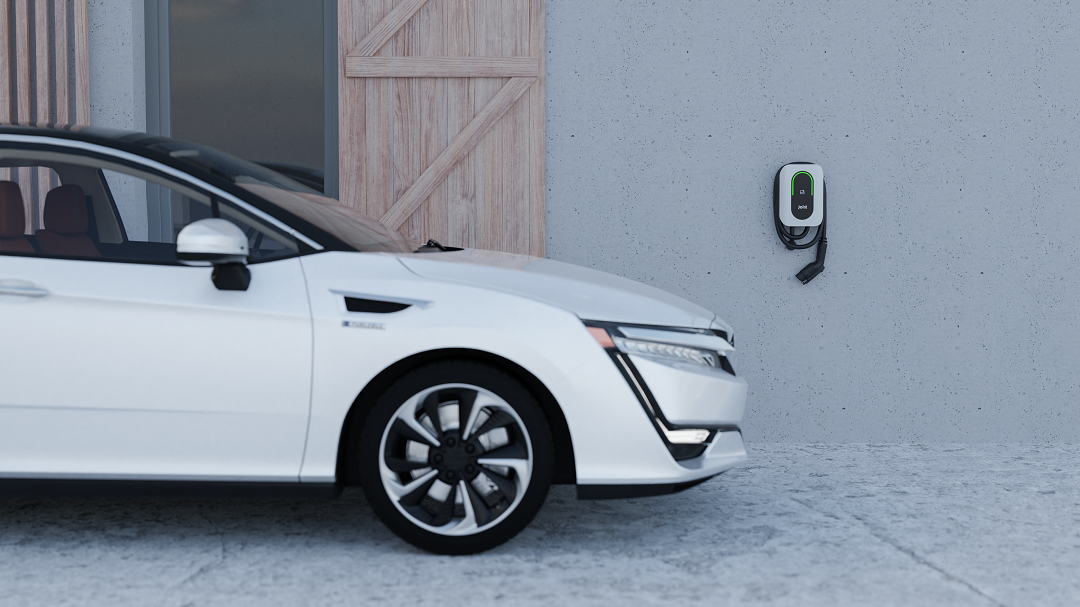
The Evolution of Electric Vehicle Chargers
Electric vehicles (EVs) have come a long way since their inception, but their progress would not have been possible without advancements in charging technology. From the days of plugging into household outlets to the development of ultra-fast, AI-powered charging stations, the evolution of EV chargers has played a crucial role in driving mass adoption. This article explores the transformation of EV charging infrastructure, the challenges faced, and the innovations shaping the future.
The Dawn of Electric Vehicles: A World Without Chargers
Before dedicated charging stations existed, EV owners had to make do with whatever power sources were available. The lack of infrastructure posed a major barrier to adoption, limiting early EVs to short distances and lengthy charging times.
The Early Days: Plugging into Standard Wall Outlets
When “Charging” Meant an Extension Cord
In the earliest days of electric mobility, charging an EV was as simple—and as inefficient—as running an extension cord from a household power outlet. This rudimentary method, known as Level 1 charging, provided a meagre trickle of electricity, making overnight charging the only practical option.
The Painfully Slow Reality of Level 1 Charging
Level 1 Charging operates at 120V in North America and 230V in most other parts of the world, delivering only a few miles of range per hour. While convenient for emergencies, its sluggish pace made long-distance travel impractical.
The Birth of Level 2 Charging: A Step Toward Practicality
How Home and Public Charging Stations Became a Thing
As EV adoption increased, the need for faster charging solutions became evident. Level 2 charging, operating at 240V, significantly reduced charging times and led to the proliferation of dedicated home and public charging stations.
The Battle of Connectors: J1772 vs. CHAdeMO vs. Others
Different manufacturers introduced proprietary connectors, leading to compatibility issues. The J1772 standard emerged for AC charging, while CHAdeMO, CCS, and Tesla’s proprietary connector fought for dominance in the DC fast-charging space.
DC Fast Charging: The Need for Speed
From Hours to Minutes: A Game-Changer for EV Adoption
DC fast charging (DCFC) revolutionized EV usability by slashing charging times from hours to minutes. These high-powered chargers deliver direct current to the battery, bypassing the onboard converter for rapid replenishment.
The Rise of Tesla Superchargers and Their Exclusive Club
Tesla’s Supercharger network set a new benchmark for charging convenience, offering high-speed, reliable, and brand-exclusive charging stations that reinforced customer loyalty.
The Standardization Wars: Plug Wars and Global Rivalries
CCS vs. CHAdeMO vs. Tesla: Who Wins?
The battle for charging standard supremacy intensified, with CCS gaining traction in Europe and North America, CHAdeMO holding ground in Japan, and Tesla maintaining its closed-loop ecosystem.
| Feature | CCS (Combined Charging System) | CHAdeMO | Tesla Supercharger |
| Origin | Europe & North America | Japan | USA (Tesla) |
| Plug Design | Combo (AC & DC in one) | Separate AC & DC ports | Proprietary Tesla connector (NACS in NA) |
| Max Power Output | Up to 350 kW (Ultra-fast) | Up to 400 kW (theoretical, limited deployment) | Up to 250 kW (V3 Superchargers) |
| Adoption | Widely used across EU & NA | Dominant in Japan, declining elsewhere | Exclusive to Tesla (but opening up in some regions) |
| Vehicle Compatibility | Used by most major automakers (VW, BMW, Ford, Hyundai, etc.) | Nissan, Mitsubishi, some Asian EVs | Tesla vehicles (adapters available for some non-Tesla EVs) |
| Bidirectional Charging (V2G) | Limited (V2G slowly emerging) | Strong V2G support | No official V2G support |
| Infrastructure Growth | Rapidly expanding, especially in Europe & US | Slower expansion, mainly in Japan | Expanding but proprietary (opening in select locations) |
| Future Outlook | Becoming the global standard outside Japan | Losing global influence, but still strong in Japan | Tesla’s charging network is growing, with some compatibility expansion |
Why Some Regions Have Different Charging Standards
Geopolitical, regulatory, and automotive industry interests have led to regional fragmentation in charging standards, complicating global interoperability efforts.
Wireless Charging: The Future or Just a Gimmick?
How Inductive Charging Works (and Why It’s Still Rare)
Wireless charging uses electromagnetic fields to transfer energy between coils embedded in the ground and the vehicle. While promising, high costs and efficiency losses have limited widespread adoption.
The Promise of a Cable-Free Future
Despite current limitations, research into dynamic wireless charging—where EVs can charge while driving—offers a glimpse into a future without plug-in stations.

Vehicle-to-Grid (V2G): When Your Car Becomes a Power Plant
How EV Chargers Can Feed Energy Back to the Grid
V2G technology allows EVs to discharge stored energy back into the grid, turning vehicles into mobile energy assets that help stabilize power demand.
The Hype and the Challenges of V2G Integration
While V2G holds great potential, challenges such as bidirectional charger costs, grid infrastructure compatibility, and consumer incentives need resolution.
Ultra-Fast and Megawatt Charging: Breaking the Limits
Can We Charge an EV in Five Minutes?
The pursuit of ultra-fast charging has led to megawatt-scale chargers capable of refueling heavy-duty electric trucks in minutes, though widespread deployment remains a challenge.
The Infrastructure Problem: Powering the Power-Hungry Chargers
As charging speeds increase, so does the strain on power grids, necessitating infrastructure upgrades and energy storage solutions to support demand.
Smart Charging and AI: When Your Car Talks to the Grid
Dynamic Pricing and Load Balancing
AI-driven smart charging optimizes energy distribution, reducing costs during peak hours and balancing grid loads for efficiency.
AI-Optimized Charging: Letting Machines Handle the Math
Advanced algorithms predict usage patterns, directing EVs to optimal charging times and locations to maximize efficiency.

JOINT EVM002 AC EV Charger
Solar-Powered Charging: When the Sun Fuels Your Drive
Off-Grid Charging Solutions for Sustainable Travel
Solar EV chargers offer independence from traditional power grids, enabling sustainable energy use in remote areas.
Challenges of Scaling Solar-Powered EV Charging
Intermittent sunlight, storage limitations, and high initial costs pose obstacles to widespread adoption.
The Next Decade: What’s Coming for EV Charging?
The Push for 1,000 kW Charging Stations
The race for faster charging continues, with upcoming ultra-high-power stations poised to make EV refueling nearly as quick as pumping gas.
Autonomous EVs and Self-Parking Chargers
Future EVs may drive themselves to charging stations, reducing human effort and maximizing charger utilization.
Conclusion
The evolution of EV chargers has transformed electric mobility from a niche market to a mainstream revolution. As technology advances, charging will become even faster, smarter, and more accessible, paving the way for a fully electrified transportation future.
Post time: Mar-25-2025
